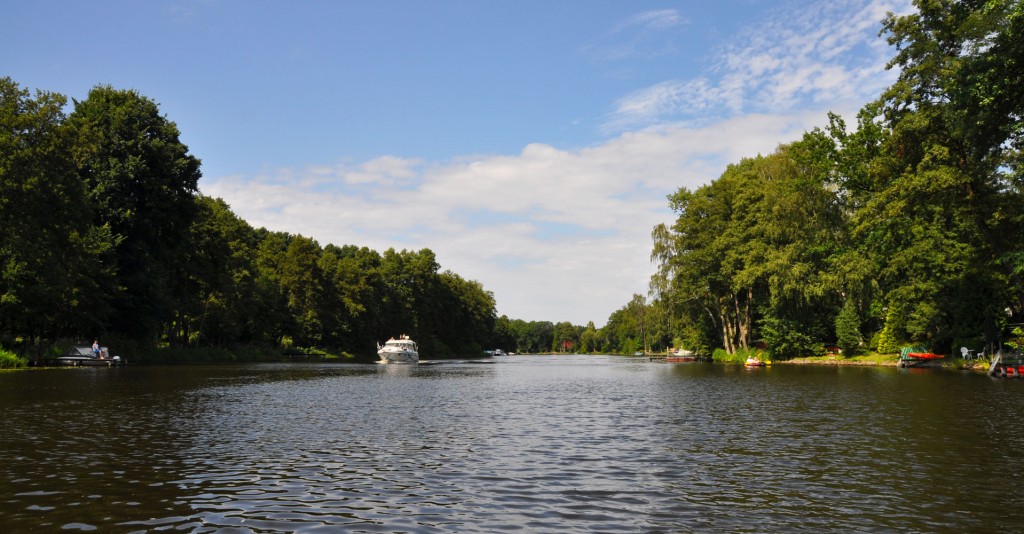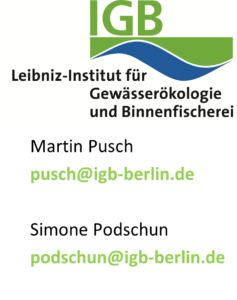Objectives
The River Ecosystem Service Index (RESI) represents an innovative approach in river and floodplain management. For the first time, all ecosystem services provided by river corridors are quantified across sectors and are evaluated and visualised synoptically, enabling the comparison of management strategies. RESI thus represents the first common information platform for practitioners in water management, environmental planning and nature conservation where usage requests can be compared and optimized considering the respective political targets.
Currently, the management of rivers and their floodplains is split up within administration by sectoral and vertical limits of responsibility, with little communication among institutions. Moreover, the goals of the relevant directives, esp. the EU Water Framework Directive, the EU Flood Risk Directive and the EU Flora-Fauna-Habitat Directive often collide with the aims of agriculture and forestry, hydropower usage, flood protection, navigation and water-related tourism. Therefore, the implementation of these management regulations faces complex problems, deficits and multiple target conflicts of sectoral usages. This occurs especially in water bodies subjected to multiple and intense human uses. The analysis and mitigation of such conflicts is facilitated if a state-based valuation approach is supplemented by a function-based one, as by ecosystem service concept.
The outcome of the project, the River Ecosystem Service Index (RESI), supports efforts to optimize of land and water usage by maximizing synergies. By avoiding antagonistic efforts significant social costs can be avoided, and options for the use of in river corridors can be identified which are economically interesting and sustainable, too, thus also opening new economic perspectives. Therefore, RESI will be suitable for application by administrations, management bodies and environment-oriented enterprises. Thereby, the RESI also may be easily transferred to other domestic of foreign river landscapes subjected to multiple human uses.

